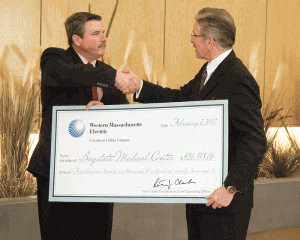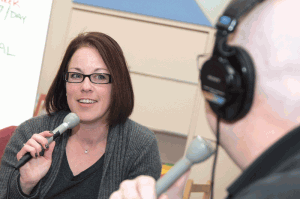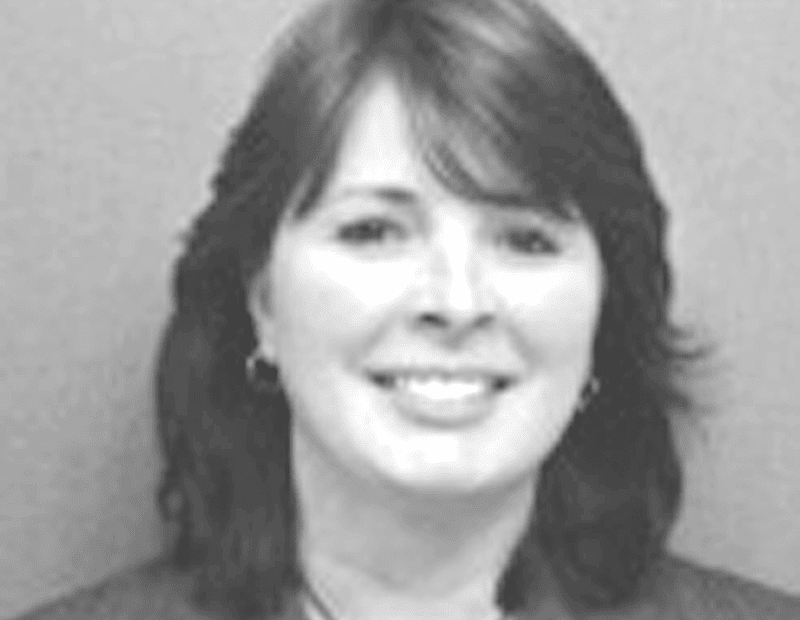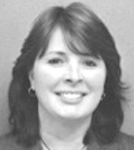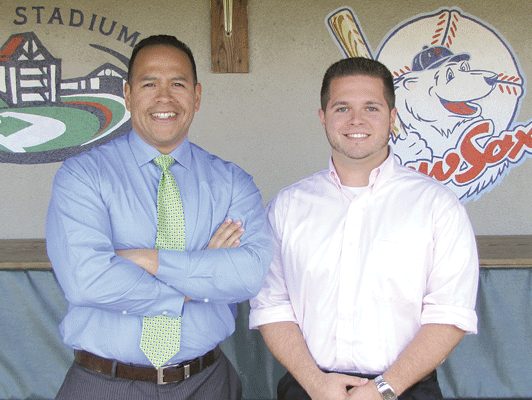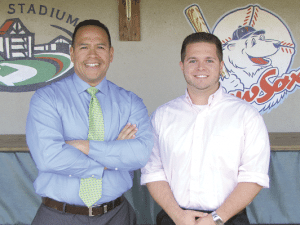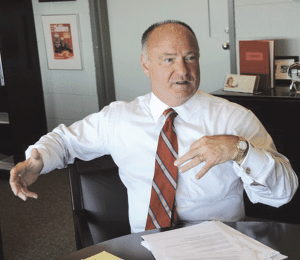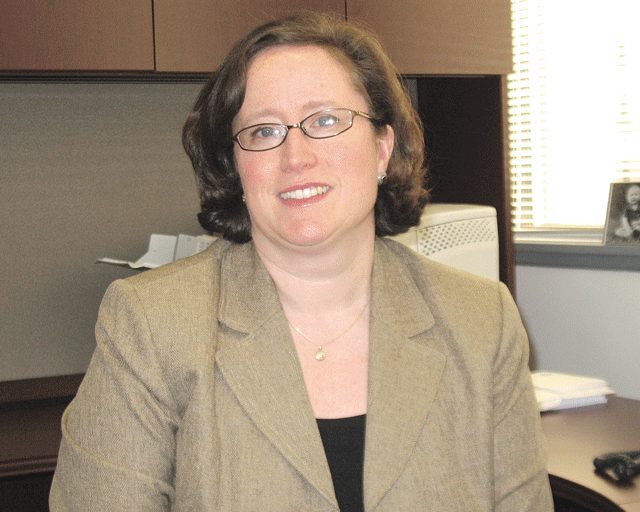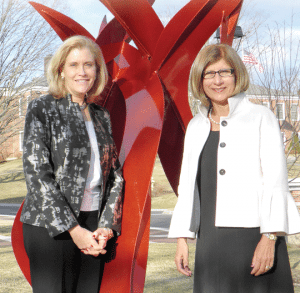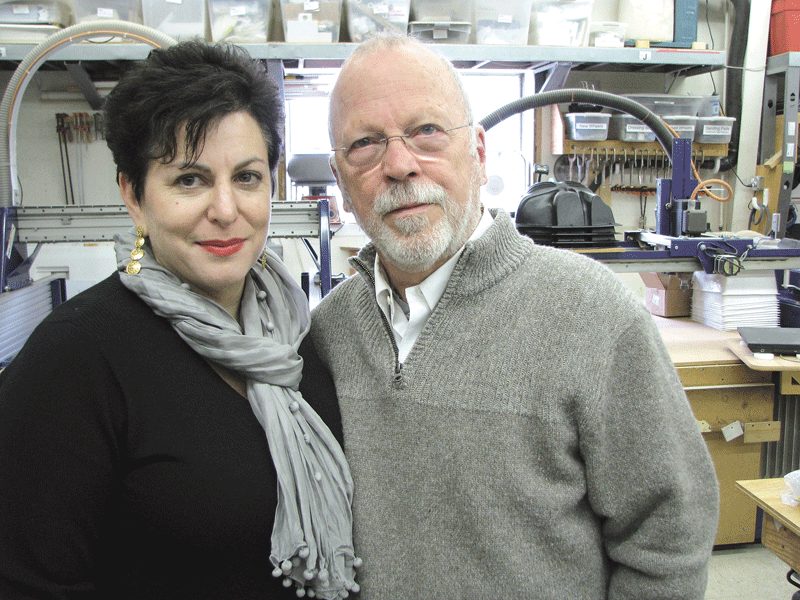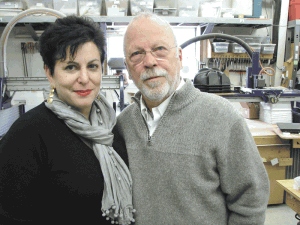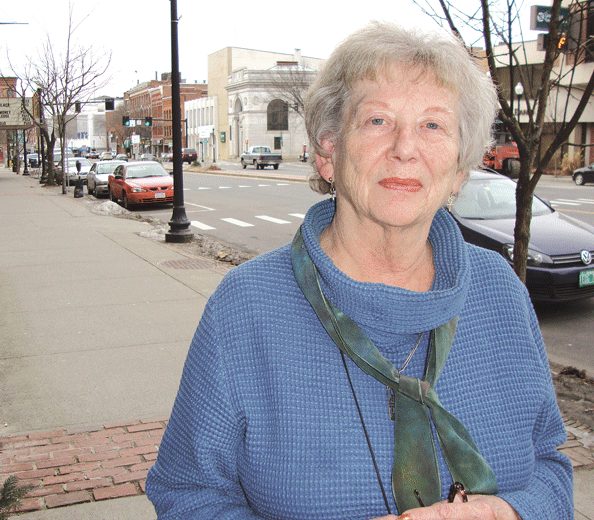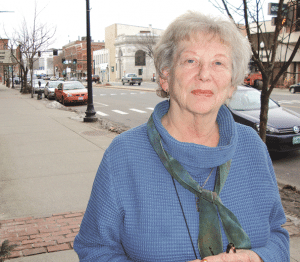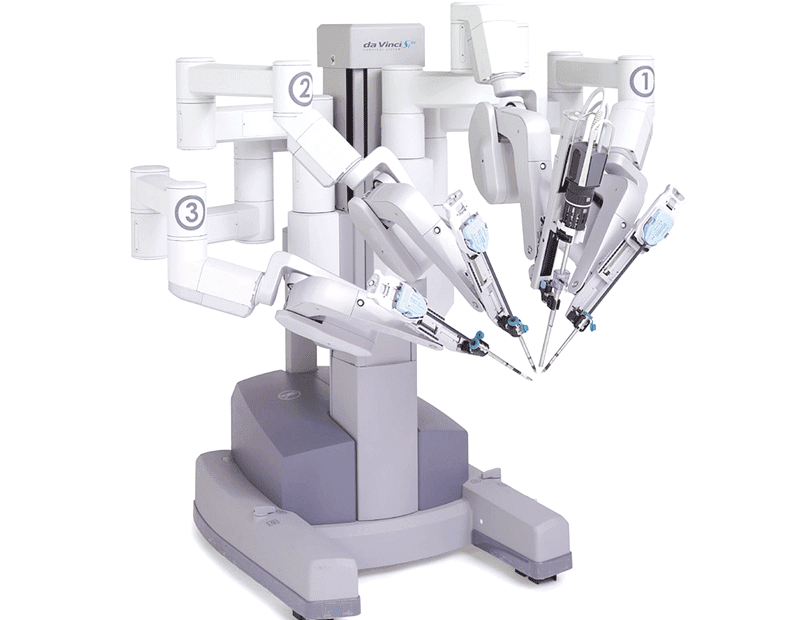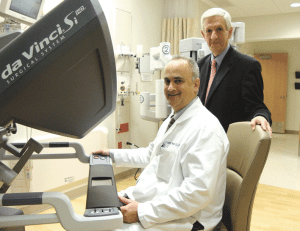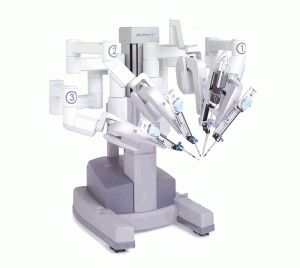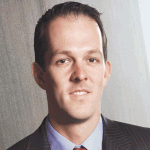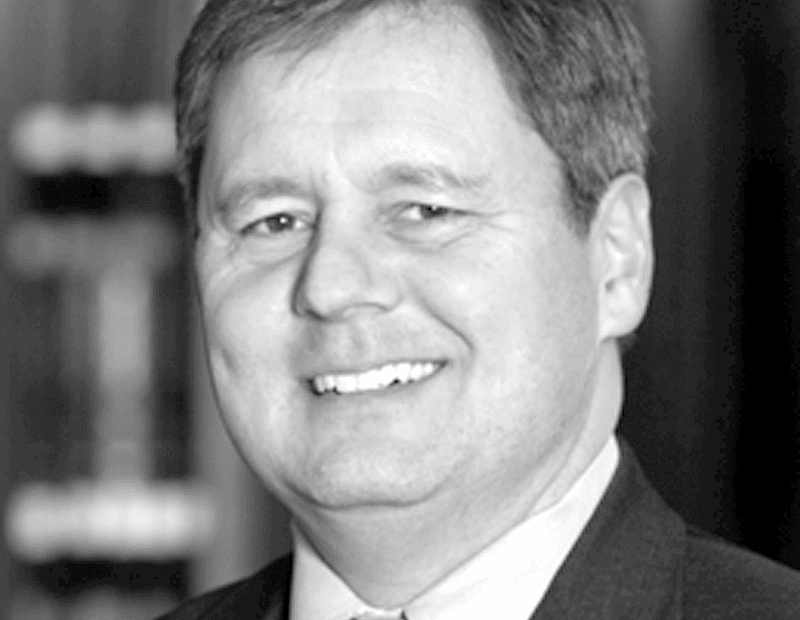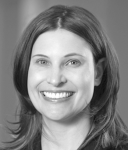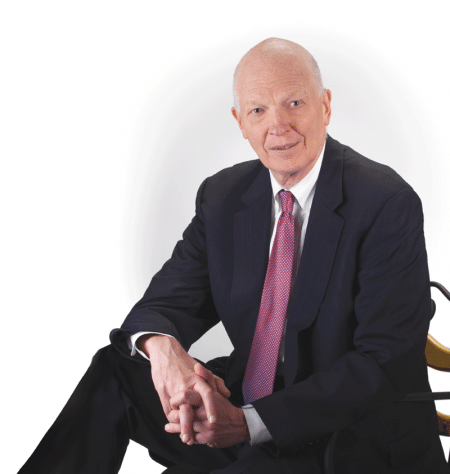Making the Most of the Casino Era
Optimize.
That’s word we keep hearing with regard to casinos these days.
Springfield Mayor Domenic Sarno used it liberally after the former Westinghouse site off Route 291 was acquired by a casino developer, and people started thinking about the possibility of the City of Homes as the site for a facility. Kevin Kennedy, the city’s recently named chief development officer, used it as well, as he talked with BusinessWest and other media outlets about his goals and aspirations moving forward.
And Stephen Crosby, named chair of the Massachusetts Gaming Commission last fall, and now known as the ‘casino czar’ in some quarters, put that term to work as he talked with us about how he hopes his panel may go well beyond regulating casinos, and also work with them to “maximize the public good” (see story, page 6).
All this talk of optimization is centered on the fact that the time for talking about whether expanded gaming is good for the state is over — casinos are now the law in the Commonwealth. Now, instead, it’s time to discuss how to make casinos good for the state. Or at least better than what many of the naysayers are predicting.
And we hope that this talk is considerably more than just rhetoric, because casinos are much more than a source of jobs and what amounts to a giant ATM machine for the state; they are a potentially disruptive force in the local economy.
Therefore, it’s incumbent upon the state, its casino commission, host communities, and impacted businesses and entertainment venues to not just ‘do’ casinos, but do them right.
Which is why we were encouraged by Crosby’s comments, specifically those about going beyond the role of regulator — although, as he said, his panel will certainly be that — and into the position of partner, or collaborator, with the gaming industry on the broad assignment of getting this right.
To date, so much of the focus has been on where the casinos will be located and which developer is to be chosen. And this is obviously important, especially in the communities where sites have been proposed — Springfield, Holyoke, Palmer, Brimfield, and others — and communities that neighbor those cities and towns.
But what’s potentially much more important is how the casinos will operate, and in what ways they can work with local communities to not simply minimize traffic problems or contribute economically to education systems or other civic priorities.
When Kennedy talked with BusinessWest in the Jan. 16 issue, he spoke of the vast potential of a casino located in the so-called North Blocks section of Springfield, just beyond the arch. Such a facility would be one of the key pieces in a downtown-revitalization strategy, he said, adding that a casino there would also benefit a soon-to-be-revitalized Union Station and its adjoining parking facility. Meanwhile, according to his vision, that North End casino would make use of downtown facilities, such as Symphony Hall, CityStage, and the Paramount for shows, thus spreading the wealth in both a figurative and literal sense.
The odds of such a proposal becoming reality are quite long, to use an industry term, but they are an example of the kind of outside-the-box, or, in this case, outside-the-casino thinking that will be needed in the months and years to come.
As the casino process moves forward, we need ‘optimize’ to become more than a word, more than a goal. It must be a guiding force as expanded gaming becomes reality in this state.




